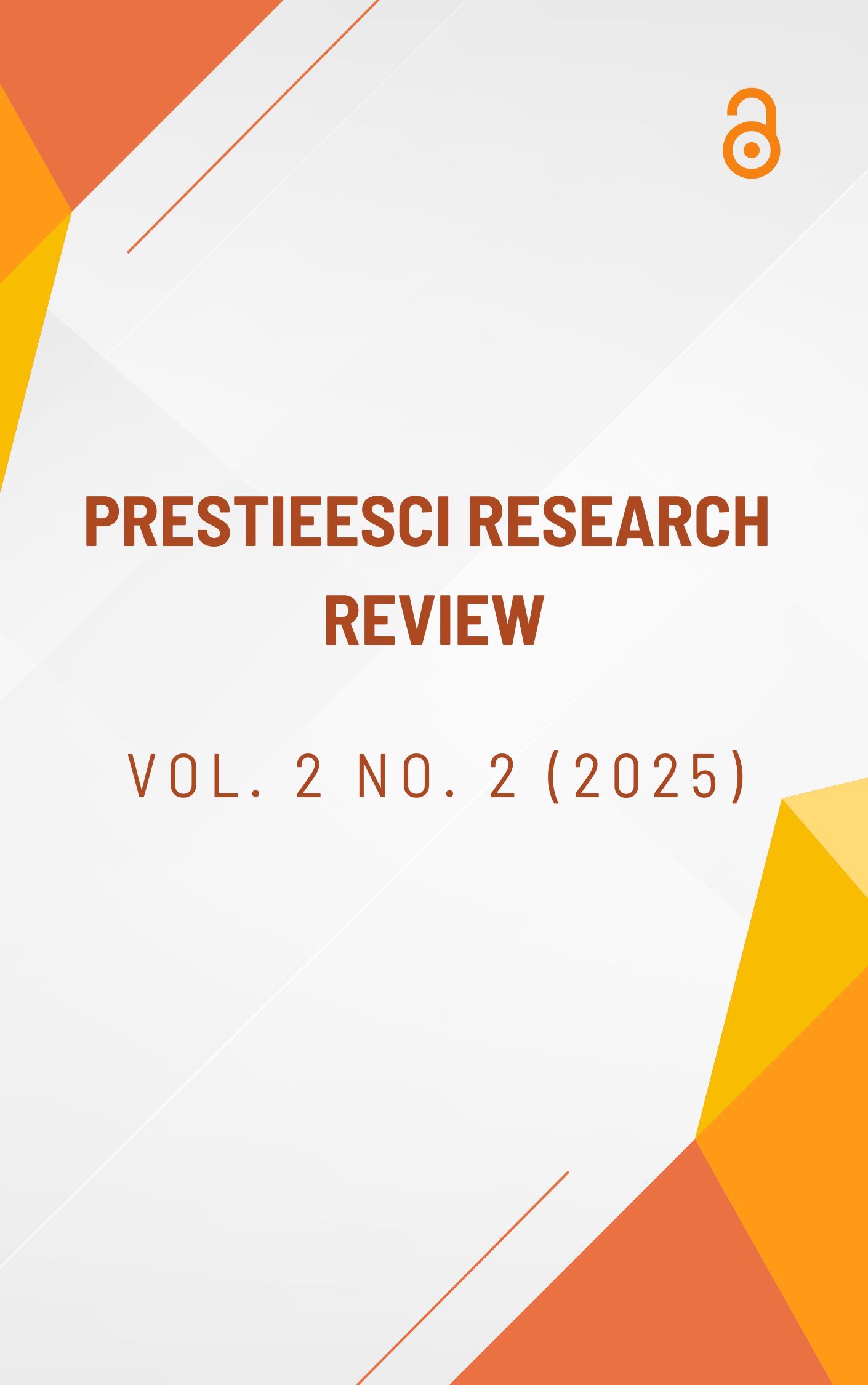THE INTEGRATION OF TRADITIONAL TECHNIQUES AND CONTEMPORARY INNOVATIONS IN OIL PAINTING: A PRACTICE-BASED STUDY ON MODERN CHINESE ART.
Keywords:
Traditional Techniques, Contemporary Innovations, Oil Painting, Modern Chinese Art, Chinese Visual CultureAbstract
This practice-based research looks at how modern developments in oil painting could be combined with ancient Chinese painting techniques. This study mainly addresses how modern Chinese artists handle the harmony and conflict between globalised creative methods and cultural inheritance. This project aims to investigate how conventional aesthetics could be revitalised and how the medium of oil painting might be reinvented. It achieves this by studying and considering studio experiments as well as by examining the calligraphic brushwork, symbolic themes, and compositional balance of ancient Chinese paintings. This research aims to investigate how Chinese artists have used Western media, oil painting, to foster cultural dialogue and innovation. Eastern and Western art traditions have a conceptual divide that this study seeks to close. Under this project, the researcher investigated the works of modern Chinese oil painters. The researcher also be creating original artwork combining modern creative techniques with old techniques. These case studies serve to show patterns of antagonism as well as to provide insight on how artists respond to the pressures of modernity, identity politics, and creative autonomy. The main objectives of the research are insights on the possible coexistence of historical knowledge systems with modern creative processes as well as the changing nature of Chinese visual culture in the twenty-first century. The aim of this study is to demonstrate that the mix of old and modern components inside oil painting is more than just a stylistic decision; rather, it is a cultural statement confirming the ongoing existence, adaptability, and continuous relevance of Chinese creative traditions in an environment more unstable.




